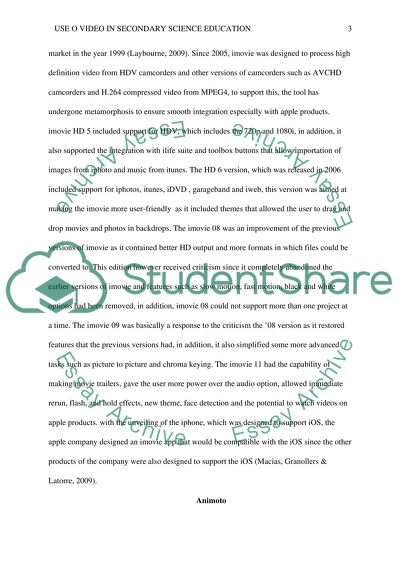Cite this document
(“Use of Video in Secondary Science Education Research Paper”, n.d.)
Retrieved from https://studentshare.org/education/1484750-use-of-video-in-secondary-science-education
Retrieved from https://studentshare.org/education/1484750-use-of-video-in-secondary-science-education
(Use of Video in Secondary Science Education Research Paper)
https://studentshare.org/education/1484750-use-of-video-in-secondary-science-education.
https://studentshare.org/education/1484750-use-of-video-in-secondary-science-education.
“Use of Video in Secondary Science Education Research Paper”, n.d. https://studentshare.org/education/1484750-use-of-video-in-secondary-science-education.


